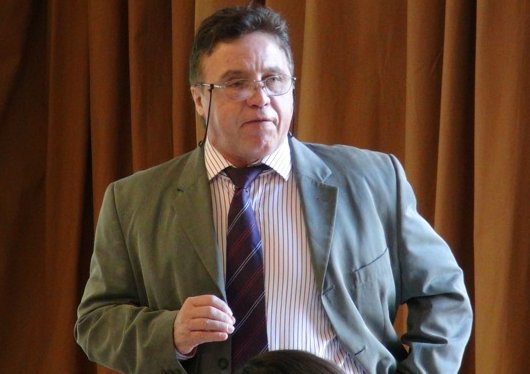ELDOA
ELDOA stands for Elongation Longitudinaux Avec Decoaption Osteo Articulaire, or LOADS (Longitudinal Osteo-articular De-coaptation Stretching). This system of exercises, which work specifically on the spine at every intervertebral level and include the costal and pelvic articulations, was developed by Guy Voyer in Europe more than 30 years ago. They can be described as fascial stretch that localizes tension at the level of a specific spinal segmental.
The ELDOA has been derived from a large variety of treatment techniques, including those of Niederhoffer, Kabat, Brunnstrom, Bobath, Meziere, and Struyf-Denys. All of these remedial approaches hold in common the analysis of movement in the body and its effect on the spine. [1]
Effects of ELDOA: The immediate effects of the ELDOA exercises can be described both locally and generally Longer-range secondary effects are also described.
Local Effects:
- Decompression of the superior and inferior zygopophyseal joints, alluwing for more space, joint play, and range of motion. In the case of arthrosis or osteoarthritis, this eases stress and may help limit degeneration.
- Increased absorption of fluid by the intervertebral disc.
- Increased epidural, longitudinal, transverse, and emissary venous and arterial circulation, which improves nourishment and elimination for the tissues.
- Improved muscle tone and improved end-range eccentric contraction ability of the muscles in the solicited chains of a given position. This is very important for re-establishing improved posture and alignment of vertebral segments.
General Effects:
- Correction of postural discrepancies, which is a critical factor as the spine is the principle support for the organic systems, the limbs, muscles, and so on.
- Normalization of the primary respiratory mechanism, which is the root of the movement of the cerebrospinal fluid, therefore improving the flow of fluid in the vertebral canal.
- Reduction of psychomotor barriers. We acknowledge not only a psychosomatic component to the body but also a somatopsychological; therefore, there is a significant link between the body and the mind. The connection between the emotional system and the posture is derived from the fine postural system, through the spinal cord.
- Metabolic and neurohormonal facilitation; the regulation of the functional portion of the body occurs through the hormonal system, depending on the efficacy of the autonomic nervous system.
- Local proprioceptive facilitation of the targeted segment, so that the person has improved body orientation awareness, thereby improving the ability to self-correct abnormal postures.
- Improved kinetic sense of the myofascial chain, with better coordination of movement and more economical expenditure of energy.
Secondary Effects:
Secondary effects work at the functional level of the organ systems and associated structures, and they result from the action of vertebral realignment with its related attachments.
For example, there are direct connections from Tll to the eosophagus and cardiac sphincter, and from T12 to the aortic hiatus of the diaphragm, cisterna chyli (upper portion), kidneys, and adrenals. This has direct implications for the organic and hormonal functions of the body, as followed by the assumption of functional anatomy. In addition, there is a direct implication with the thoracic aorta, azygos veins, greater thoracic canal, and intraspinal venous plexus. There are many further indirect connections through the fascia as well.
References:
- ↑ Functional Soft Tissue Examination and Treatment by Manual Methods by Warren I Hammer Third Edition.







